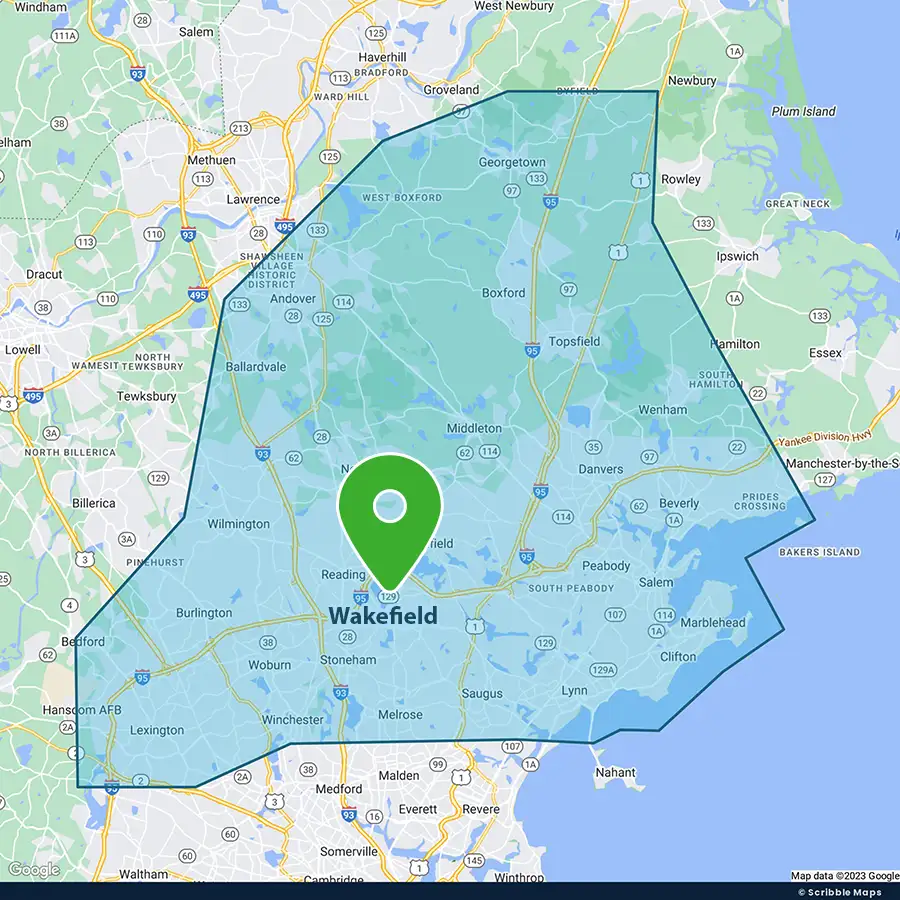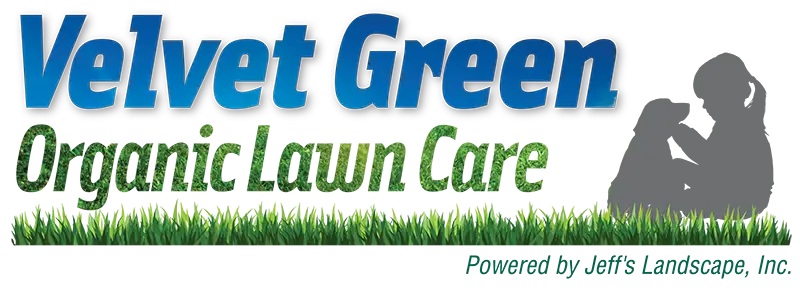Lawn Care in North Shore, MA
With over 21 years of experience, we've been providing our community with top-notch, local lawn care services. We take pride in our commitment to creating lush, green yard that you can enjoy all year round. Discover the difference that Velvet Green Organic Lawn Care can make for your lawn.
Our lawn care services in North Shore, MA include:
- Lawn Care: Our expert team of lawn care specialists will analyze your soil, identify the specific needs of your grass, and develop a tailored plan to promote healthy growth.
- Lawn Fertilization: We use organic-based fertilizers that nourish your turf from the roots up, providing it with the essential nutrients it needs to thrive.
- Weed Control: Utilize a reduced-risk weed control that aligns with our organic mindset.
- Aeration and Seeding: Give your lawn a breath of fresh air with our aeration and seeding services. This process improves the soil structure, allowing for better water and nutrient absorption, leading to a healthier, fuller turf.
Our Personalized Approach
Our dedicated lawn care technicians are passionate about creating and maintaining a healthy lawn for you and your family to enjoy. They will treat your landscape as if it were their own, providing personalized service and attention to detail. Contact us today to schedule an inspection and experience our exceptional lawn care services in North Shore, MA.
Our Organic Lawn Care Treatments
Organic lawn care works with nature to provide you with a healthy yard. By utilizing organic fertilizers and bio-stimulants, organic treatments reduce the impact on the environment and provide your family with a safe place to enjoy the outdoors. By going organic you are reducing the use of chemical fertilizers, herbicides, fungicides, and insecticides. How is this possible? Having an organic lawn starts in the soil, if the soil ecosystem is healthy and the conditions are right a healthy lawn will follow. A healthy lawn has a deep root system, tall leaves, and dense growth. If you want an outdoor space that is friendly to the environment and your family organic is the way to go.
Benefits of our organic lawn care services include:
- Bio-stimulants: Bio-stimulants are active, beneficial microorganisms that unlock plant nutrients in the soil.
- Organic fertilizers: By using fertilizers derived from natural, sustainable sources we are drastically reducing our impact on the environment before the product is even applied to your yard.
- Seeding: Seeding on a regular basis we are building a thick turf canopy and introducing new seed varieties of grass that are tolerant to drought and other stresses.
- Watering: Applying a quarter inch of water every other day or a half inch of water every third day is a good practice to follow for a healthy lawn.
- Soil Testing: The soil test we take provides information on soil pH, cation exchange capacity, macronutrients, micronutrients, and organic matter.
Family-Friendly Treatments
At Velvet Green, we prioritize the well-being of your family and pets, which is why all our treatments are environmentally friendly. We use innovative techniques and products that reduce our impact on the earth while delivering exceptional results.
Grub Control in North Shore, MA
Grubs can do serious damage to a yard, sometimes requiring total reconstruction to eliminate the pest problem and its effects. The best way to avoid grub damage is through prevention; by following proper cultural practices, keeping the lawn healthy, and using a grub and insect control product, you create an inhospitable environment in which grubs cannot thrive. We use an EPA Low-Risk registered product called Acelepryn to control grubs. Acelepryn offers season-long protection against a variety of turf-damaging grubs when applied correctly as well as protection against many other harmful insects such as sod webworms.
Acelepryn has many benefits including:
- Premium spray program for the environmentally-minded.
- No “chemical” smell.
- Low risk of insects developing resistance to the product
- No harm to beneficial insects or honey bees.
- EPA Low-Risk Registered.
*Organic grub and insect control is included in our Platinum Fertilizer Program and is a great addition to our Gold Fertilizer Program.*
Trust Your Local Lawn Care Experts
What sets us apart is our dedication to customer satisfaction. Before applying any products, we conduct a detailed laboratory soil test to understand the specific needs of your grass. This personalized approach ensures that your property receives the essential nutrients and pest control products it requires. Our comprehensive lawn care services cover everything you need to maintain a lush and healthy lawn. Whether it's lawn fertilization, weed control, aeration and seeding, or lawn disease control, we have you covered. With our expertise and cutting-edge techniques, your yard will be the envy of the neighborhood.
Additional Services

Areas We Service in Massachusetts
Velvet Green Organic Lawn Care is a locally owned company in Massachusetts. We are proud to be part of this community and take great care to offer eco-friendly products. Our goal is to protect and preserve our neighborhoods.


